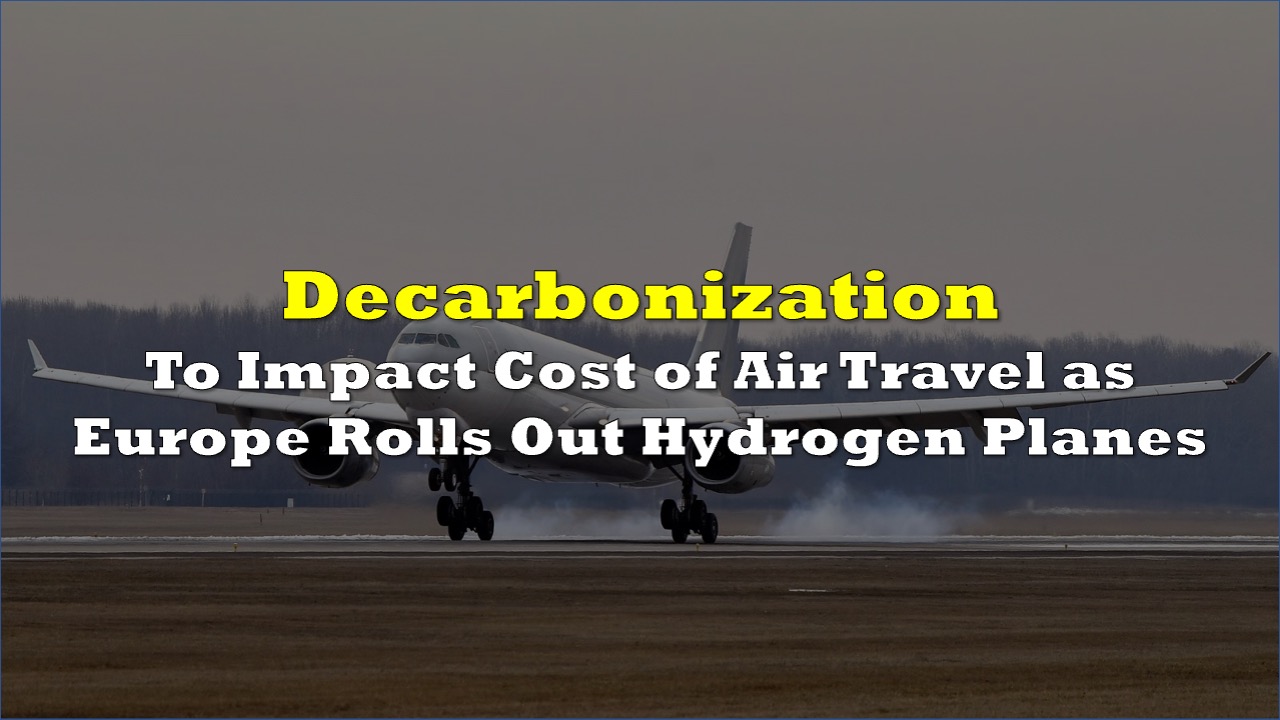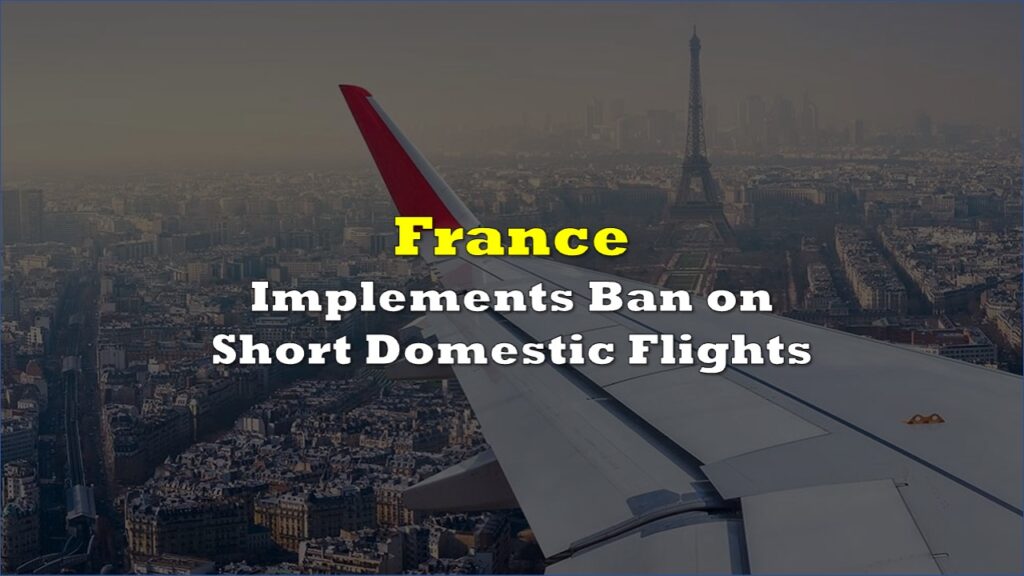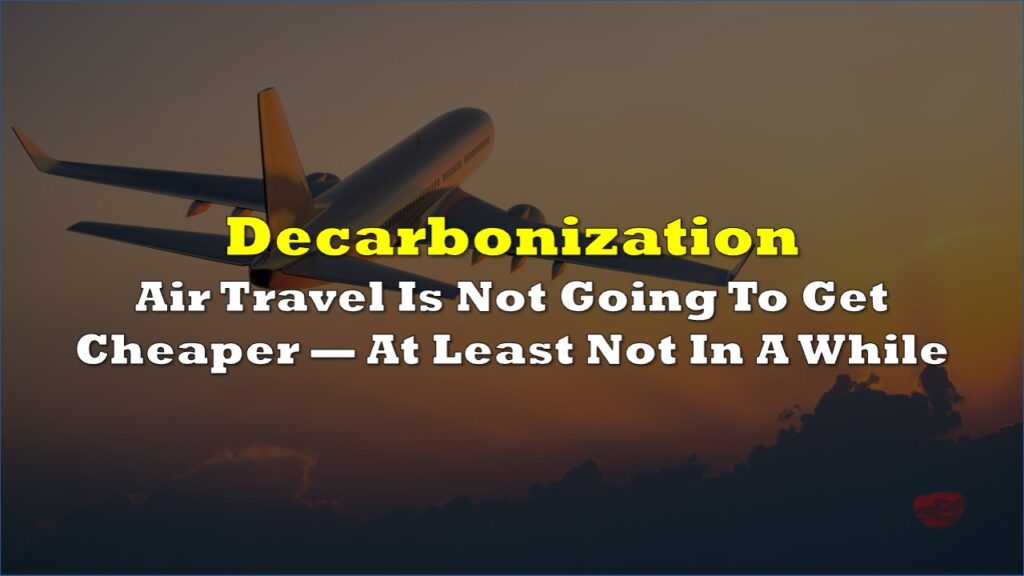A recent study conducted by the clean energy group Transport & Environment has shed light on the significant challenges policymakers will face in driving green aviation through the deployment of hydrogen planes in Europe.
The study reveals that this ambitious transition will require a staggering €300 billion ($323 billion) investment and a tax on conventional jet fuels.
Airbus (EPA: AIR), the world’s largest plane manufacturer, has set an ambitious target to achieve flight with a zero-emission hydrogen-powered aircraft by 2035. However, the company has cautioned about the slow progress in developing the infrastructure required to support such aircraft.
According to the study, the cost of establishing a hydrogen supply chain in Europe between 2025 and 2050 will amount to approximately €299 billion. This cost primarily encompasses the expenses associated with green hydrogen production, liquefaction, and distribution. The study further estimates that without taxing kerosene, hydrogen planes would be around 8% more expensive than those fueled by conventional jet fuel in 2035.

However, the introduction of a tax on jet fuel and the implementation of a carbon pricing mechanism could potentially make hydrogen planes 2% cheaper to operate. The study considers a carbon price of €127 ($137) per tonne of carbon dioxide by 2035, taking into account the current carbon price of just under €85 ($92) per tonne.
While kerosene taxation is not yet in effect, the T&E group based its calculations on the proposed tax outlined by the European Commission, which suggests a tax rate of approximately €0.37 ($0.40) per liter.
Carlos López de la Osa, aviation technical manager at T&E, emphasized the need to create a market for zero-emission aircraft by taxing fossil jet fuel and mandating the use of zero-emission planes in the future.
However, Airbus argued that taxation alone is not the solution to achieving its goal of bringing the first hydrogen-powered commercial aircraft to the market by 2035. Instead, they highlighted the importance of incentives, investments in technologies and infrastructure, carbon pricing, and market-based measures for effective emissions reduction.
Decarbonizing the aviation industry has proven to be a formidable task, primarily due to the limitations of battery technology for long-haul flights. T&E also notes that there are significant technological hurdles around the development of hydrogen planes.
“Liquid hydrogen has low energy density relative to kerosene, meaning that a larger volume of fuel is required to power the same distance,” T&E wrote. “This limits the range of these aircraft, but hydrogen planes can still provide a viable alternative to decarbonize regional and short-haul routes, which represent 50% of Europe’s aviation emissions.”
While opinions vary regarding the timeline for hydrogen’s role in decarbonizing aviation, many experts predict that flying will ultimately become more expensive.
“For hydrogen planes to take off in the next decade, we need to enter the virtuous circle of regulation, investment, a fall in prices, followed by stronger uptake. But the cost must be shouldered by the aviation industry and its users, by ring fencing part of carbon and kerosene tax revenues for green tech like zero emission planes and clean fuels,” added de la Osa.
The introduction of hydrogen planes and the associated costs and taxation measures will significantly impact the cost of air travel, making it crucial for policymakers, industry stakeholders, and airlines to carefully navigate this transition to achieve sustainable and affordable air travel in the future.
Information for this story was found via Transport & Environment, and the sources and companies mentioned. The author has no securities or affiliations related to the organizations discussed. Not a recommendation to buy or sell. Always do additional research and consult a professional before purchasing a security. The author holds no licenses.









